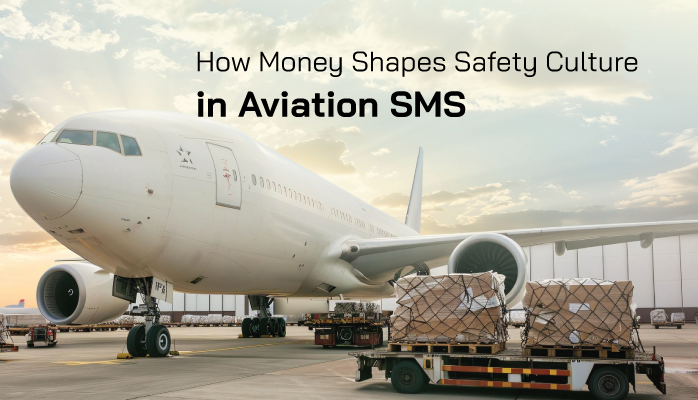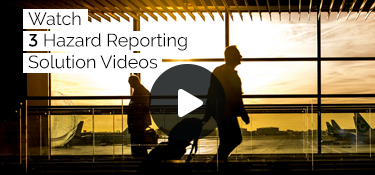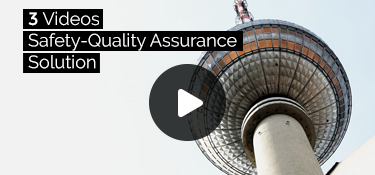How Money Can Affect the Way We Think About Safety

I find myself being an unsafe pilot all of the time, and so do many other pilots. Not in the sense of breaking safety regulations, such as flight and duty times, but by pushing personal limits.
Sometimes we pilots slander the IMSAFE checklist and push it to the side when preparing for a flight knowing:
- we did not sleep well the night before,
- have not eaten very nutritiously lately, and
- have been in class far too long to be in a plane for multiple hours.
But that isn’t going to stop the majority of pilots from wanting those much-needed flight hours.
Money Is a Strong Safety Motivator
Unsafe behavior in the cockpit is absolutely crazy, but one of the few real motivators for anyone to do anything is money. A simple answer to this question would be to say, give money to everyone who participates in mandatory aviation safety programs.
What I propose is something similar, but not directly dealing with money.
Money Not Only Motivational Tool in Aviation SMS
We all know that if you participate in certain 141 programs, you can get hour reductions to go to the airlines. Well, what if the government implicated a similar program that if you participate and dedicate enough time to these aviation safety programs you can get hours reduced for the airlines too.
Using this motivational safety strategy, you provide document work showing you have participated properly and spent enough time, and maybe get an additional 50-hour reduction.
An alternative to an SMS strategy would be to get discounted flight costs at 141 schools. If one participates in an aviation safety program for the time he or she is attending a 141 school, they could get a 5 percent discount on their flying rates.
None of these numbers sound like a lot until you add everything up. Either of these motivational strategies can actually make a nice dent in comparison to saving money.
Reducing costs for aspiring pilots may seem illogical. No companies may want to participate because the practice may reduce gross revenue, but at the same time, it should actually save companies money in the long run. With people actively participating in aviation safety programs, it will in turn prevent certain losses in the aircraft like minor damage due to lackadaisical attitudes, allowing companies to save money on maintenance.
I of course made up the numbers like the 50-hour reduction and a 5 percent flying rate discount, but the point is made.
Whenever people in the aviation industry hear they can save money by doing something very simple that can actually make their everyday lives safer, they’re going to want to participate, especially if money is tight for them.
I, myself am in a position where I need money desperately and am looking every which way to find aviation-related scholarship money. If these programs were in place, I would be there every time to meet and participate in the aviation safety programs to help subsidize some of the cost of flying and others will do the same.
Maybe you don’t want to hear that money is the answer to getting more people to participate in aviation safety programs, but it is the most logical answer that will actually work.
Related Safety Promotion Articles
- How to Engage Difficult Employees in Aviation SMS
- How Employees Should Be Participating in Your SMS
- Why Employees Don't Care About Your Aviation SMS
When there is too much effort involved, employees will refuse to participate in your safety program. User-friendly Hazard Reporting Solutions reduce friction employees feel when identifying and reporting:
- Accidents;
- Incidents; and
- Irregularities.
If you need a fully integrated safety-quality assurance solution, then you may be interested in these videos.
Last updated July 2025.






